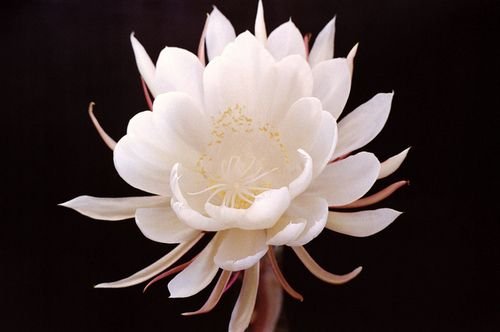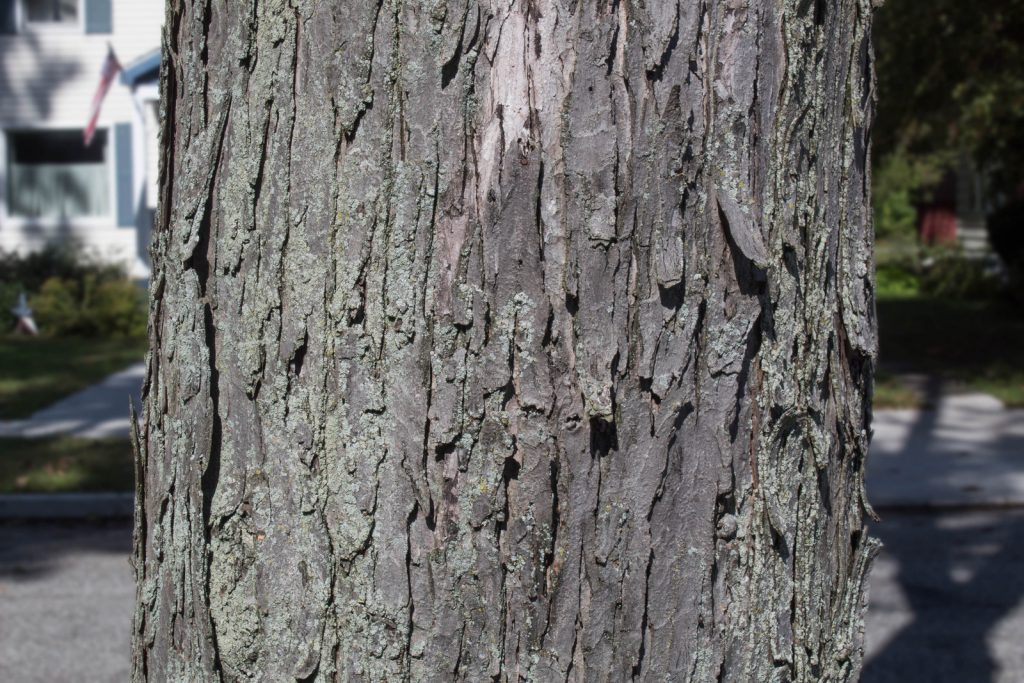Seedless Maple Trees
If you’re a gardening enthusiast like me, you’ve probably noticed how beautiful maple trees are in the fall. Their vivid red, orange, and yellow leaves create a breathtaking landscape. But what if I told you that you could enjoy the beauty of maple trees without having to rake up leaves all the time? This is where seedless maple trees come in. In this comprehensive guide, we’ll look at seedless maple trees, their varieties, care tips, and why they’re a great addition to any garden.
What Exactly Are Seedless Maple Trees?
As the name implies, seedless maple trees are a type of maple tree that does not produce seeds. In other words, they are unable to reproduce themselves using the traditional method of producing samaras, or maple seeds. This distinguishing feature has made them popular among gardeners, homeowners, and landscapers.
Why Should You Buy Seedless Maple Trees?
Now that we’ve established the concept of seedless maple trees, let’s look at why you should consider incorporating them into your garden. These trees provide numerous advantages, making them a popular choice for landscaping projects.
Ease of Upkeep
Because they lack seeds, seedless maple trees require little care. You won’t have to spend hours cleaning up seed pods or being concerned about new maple trees sprouting up in places you don’t want them.
Attractiveness
The vibrant fall foliage of maple trees is breathtaking. Seedless maple trees provide the same stunning visual impact as seeded maple trees without the additional work of dealing with seeds. You can enjoy the beauty without having to deal with the mess.
Hypoallergenic
Many people are allergic to maple seeds, and eliminating seed production can help to alleviate this problem. Planting seedless maple trees in your garden can help to create a more allergy-friendly environment.
Ideal for Urban Gardens
The lack of seeds ensures that your seedless maple tree will not take over your neighbor’s yard or the sidewalk in urban environments where space is limited.
Adaptable Landscaping
Seedless maple trees come in a variety of sizes and shapes, making them ideal for a variety of landscaping applications. There is a seedless maple tree for every garden, from small ornamental trees to larger shade trees.
Seedless Maple Tree Varieties
Now that you’ve learned about the advantages of seedless maple trees, let’s take a look at some of the most popular varieties to consider for your garden.
Acer freemanii ‘Autumn Blaze’ (Acer freemanii ‘Autumn Blaze’)
Autumn Blaze Maple is a cross between silver maple and red maple. It is well-known for its beautiful red fall foliage and rapid growth. This variety can grow up to 50 feet tall and is an excellent choice for larger spaces.
Acer freemanii ‘Celebration’ (Acer freemanii ‘Celebration’)
Celebration Maple is yet another hybrid maple tree with brilliant red fall foliage. Its oval shape and appealing bark set it apart in any landscape design. This variety grows quickly and can reach heights of 40 to 50 feet.
Glen Maple Sienna (Acer x freemanii ‘Sienna’)
Sienna Glen Maple is a more compact hybrid maple that is ideal for smaller gardens. Its fall foliage is red and orange, and it typically grows to heights of 30 to 40 feet. Its small size and eye-catching fall colors make it an excellent choice for urban gardens.
Acer saccharum ‘Green Mountain’ Sugar Maple (Acer saccharum ‘Green Mountain’)
The Green Mountain Sugar Maple is distinguished by its classic sugar maple shape. In the fall, its leaves turn a vibrant red-orange. This variety can grow to be 40 to 50 feet tall and is an excellent choice for those who want a traditional maple tree look without the seed hassles.
Tatarian Maple with Hot Wings (Acer tataricum ‘GarAnn’)
The Hot Wings Tatarian Maple is a one-of-a-kind seedless variety. It’s a more compact tree with fiery red samaras that look like chili peppers. This variety adds a pop of color and interest to your garden, especially in the winter when the samaras are at their most visible.
Seedless Maple Tree Planting and Care
You’ve decided to add a seedless maple tree to your garden, and you need to know how to plant and care for it. Follow these steps to ensure the health of your tree.
How to Plant a Seedless Maple Tree
- Choose an appropriate planting site with well-drained soil and plenty of sunlight. The majority of maple trees prefer full sun but will tolerate partial shade.
- Test your soil for pH balance and amend it as needed. Maple trees prefer soil that is slightly acidic to neutral.
- Dig a hole twice as wide and twice as deep as the root ball. Check that the top of the root ball is level with the ground.
- Remove the tree from its container or burlap and gently place it in the hole. Fill the hole with soil, tamping it down to remove any air pockets.
- Apply a layer of mulch around the tree’s base to keep moisture in and weeds out. After planting, thoroughly water the tree.
- While seedless maple trees require less upkeep, you should still prune dead or diseased branches and shape the tree to the desired shape.
Taking Care of Your Seedless Maple Tree
Watering: Young maple trees require regular watering. During dry spells, water deeply but avoid overwatering, which can cause root rot.
Fertilization: In the spring, apply a balanced, slow-release fertilizer to promote healthy growth.
Management of Pests and Diseases: Keep an eye out for common pests such as aphids and scale insects. Inspect your tree on a regular basis for signs of disease and address any issues as soon as possible.
Winter Protection: In cold climates, consider protecting your tree from harsh winter conditions, especially if it’s still young. Wrapping the trunk with burlap can help prevent sunscald and frost cracks.
The Story of the Seedless Maple Tree
Every tree has a story, and seedless maple trees are no exception. These trees have a rich history, and learning about their origins can deepen your appreciation for them.
The concept of seedless maples began in the mid-20th century when horticulturists and arborists aimed to create varieties that combined the best features of different maple species. The goal was to develop trees that displayed exceptional fall color, resistance to disease, and rapid growth while eliminating the inconvenience of messy seeds.
The result of these efforts was the hybridization of various maple species, leading to the introduction of seedless maple varieties like the Autumn Blaze and Celebration Maple. These trees quickly gained popularity for their stunning aesthetic appeal and low maintenance requirements.
But the story doesn’t end there. The development of seedless maple trees is an ongoing process, with horticulturalists continuously working to improve these trees and create new, exciting varieties. This dedication to innovation ensures that gardeners and homeowners have access to a wide range of seedless maples to choose from, each with its unique qualities and charm.
Related Posts:
FAQs
- Can I grow seedless maple trees in a container or pot?
Yes, you can grow some varieties of seedless maple trees in containers or pots, especially smaller varieties like Sienna Glen Maple. However, keep in mind that these trees will have limited space for root growth, so you’ll need to provide proper care and regular maintenance.
- Are seedless maple trees suitable for urban environments?
Absolutely. The absence of seeds in seedless maple trees makes them an ideal choice for urban gardens and spaces with limited room. They won’t invade neighboring properties or cause sidewalk disruptions.
- Do seedless maple trees require a lot of pruning?
Seedless maple trees typically require less pruning compared to other tree species. However, some pruning may be necessary to maintain their shape and remove dead or diseased branches. Pruning is usually done in late winter or early spring when the tree is dormant.
- How do I prevent pests and diseases in seedless maple trees?
Regular inspection and maintenance are key to preventing pests and diseases in your seedless maple tree. Keep an eye out for common issues like aphids, scale insects, and fungal diseases. Applying appropriate pest control measures and addressing issues promptly will help keep your tree healthy.
- Can I plant seedless maple trees near my house?
The distance between your house and a seedless maple tree will depend on the specific variety and its mature size. Some seedless maples, like Sienna Glen Maple, are more compact and can be planted closer to structures. However, for larger varieties, it’s essential to plant them at a safe distance to avoid any potential issues with roots or branches in the future.
Conclusion
In the world of gardening and landscaping, seedless maple trees are a remarkable addition that brings beauty without the hassle. With their stunning fall foliage, low-maintenance characteristics, and versatility in various settings, these trees have rightfully earned their place in the hearts of gardeners and homeowners alike. The story of seedless maple trees is one of innovation and dedication, with horticulturists continuously striving to create new and improved varieties. As you embark on your journey to add these trees to your garden, remember that their beauty extends beyond their leaves; it’s in their history, the joy they bring, and the low-maintenance lifestyle they offer.


